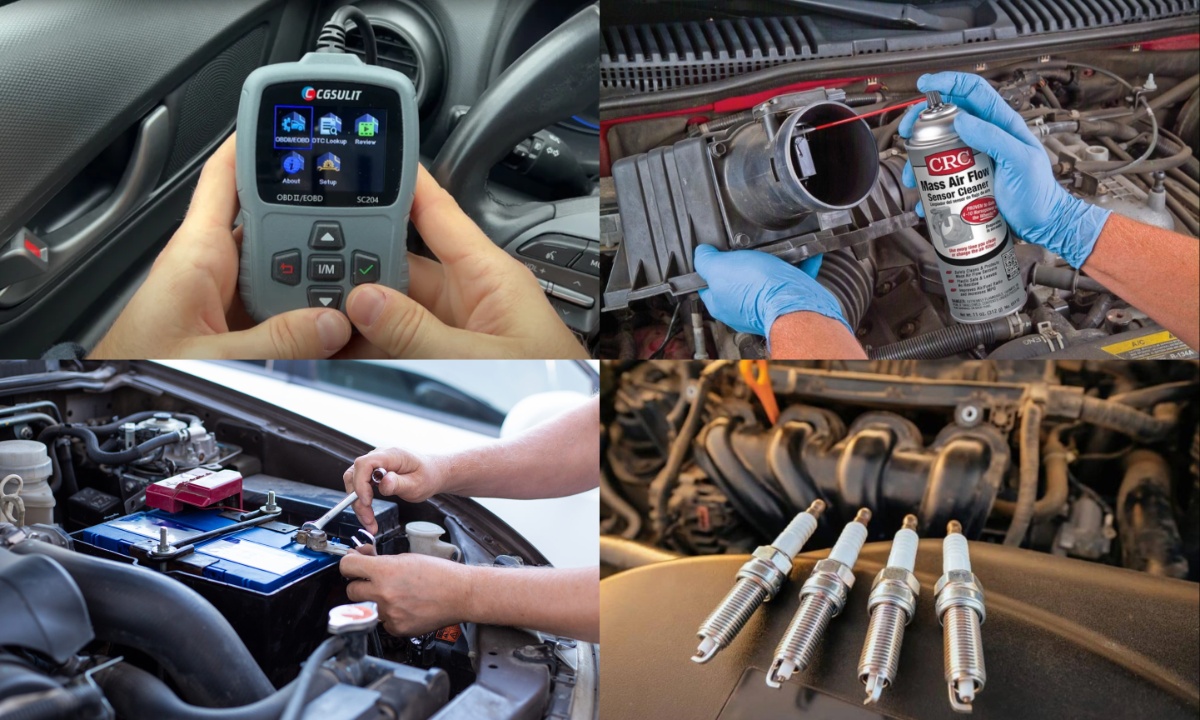Vehicle maintenance is a crucial aspect of car ownership that often gets overlooked in the hustle and bustle of daily life. However, regular maintenance ensures the longevity of your vehicle, maintains performance, and prevents costly repairs in the future.
Simple tasks like oil changes or air filter replacements may seem minor, but they are vital for keeping an engine running smoothly.
With auto shops getting busier and labor costs climbing above $120 per hour, it’s becoming more appealing for car owners to perform certain services at home. Equipped with some basic tools and mechanical intuition, many of these tasks are quite manageable, saving both time and money.
1. Changing Your Oil: Essential and Doable
Changing your oil is one of the most important and accessible maintenance tasks for car owners. Engine oil lubricates internal components, reducing friction and wear. Over time, oil degrades due to heat, pressure, and contamination, eventually losing its protective qualities.
Although modern engines and synthetic oils have extended oil change intervals, many mechanics still advise earlier changes to preserve engine health. Doing it yourself can be cost-effective, especially as professional oil change prices continue rising.
The process typically involves draining the old oil, replacing the filter, and refilling with new oil. With proper disposal of used oil—often handled by local auto shops—this job is both eco-friendly and beginner-friendly.
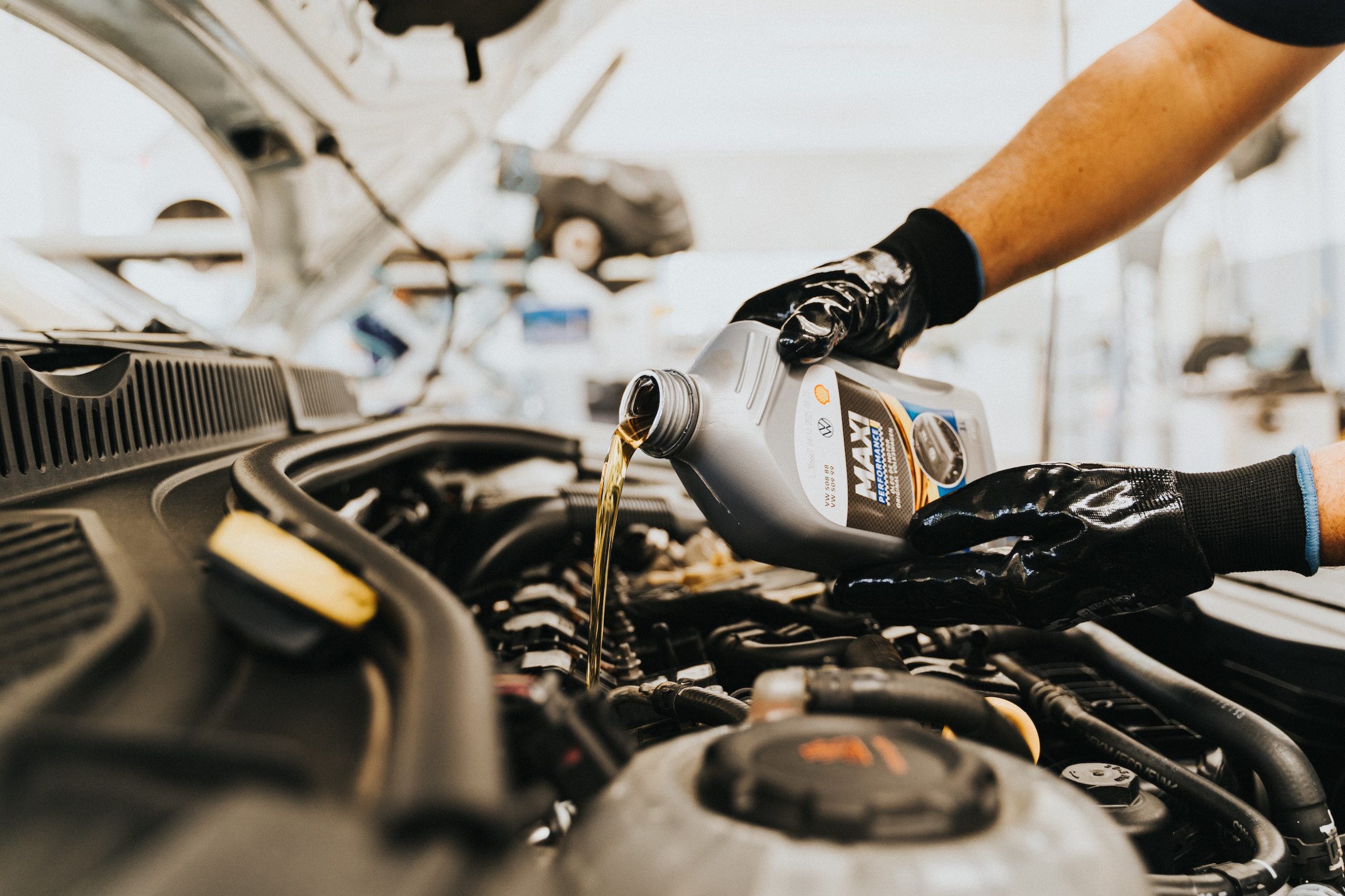
2. Replacing the Air Filter: Small Part, Big Role
The engine air filter might seem insignificant, but it plays a critical role in maintaining engine performance and fuel efficiency. It filters out dirt and debris before air enters the combustion chamber, preventing potential damage to sensitive engine parts like pistons and valves.
A clogged or dirty air filter can restrict airflow, leading to reduced power and fuel economy. Most filters are easy to access, typically housed in a plastic box at the front of the engine.
Replacing it usually takes less than 10 minutes and costs very little. For vehicles driven in dusty environments, more frequent replacements than the typical 30,000–45,000 mile interval may be necessary.
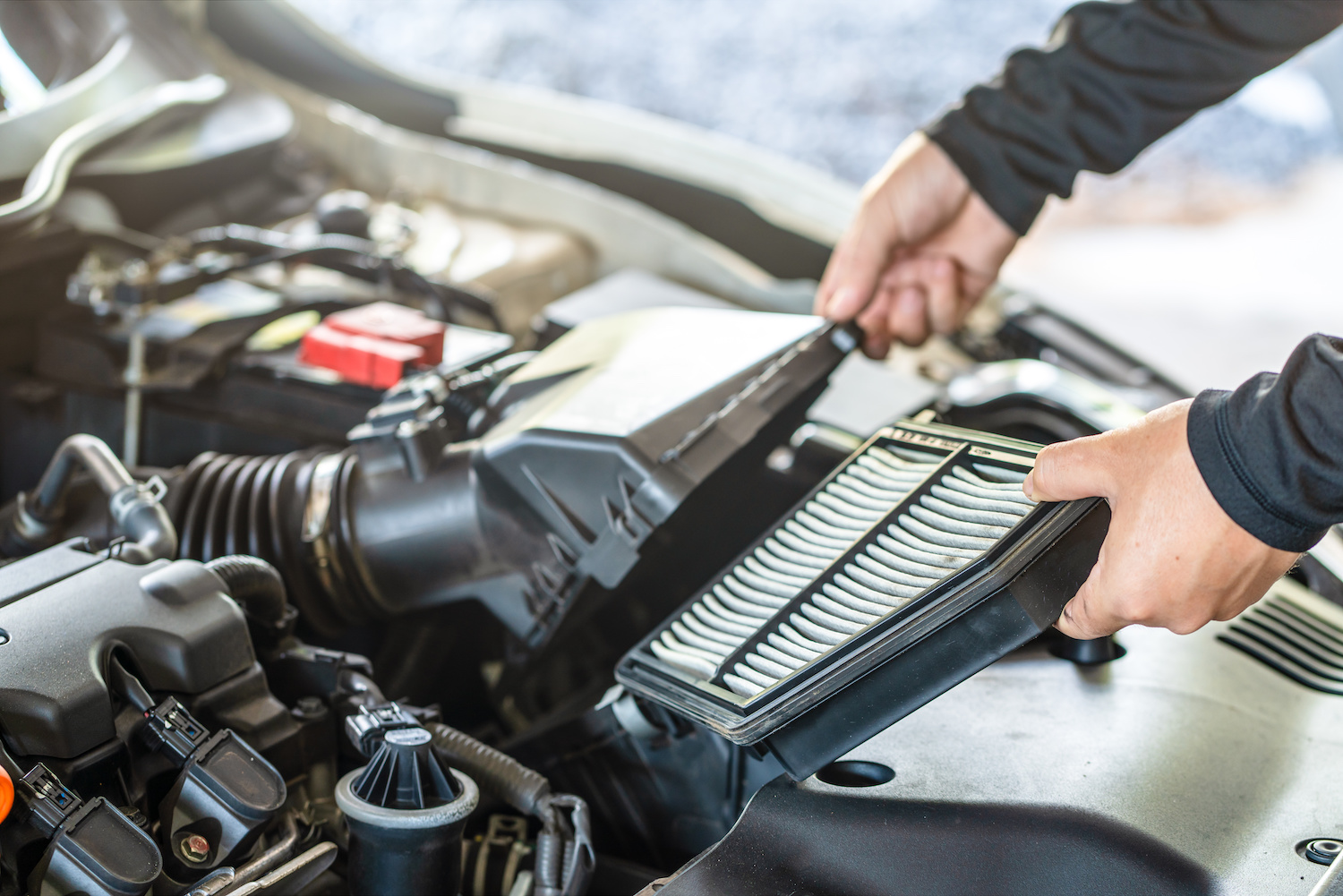
3. Diagnosing Check Engine Lights with OBD2 Scanners
The check engine light (CEL) can be intimidating, but it’s actually a useful feature that alerts you to potential problems before they become severe. Modern vehicles use an ECU (electronic control unit) that constantly monitors engine sensors and systems.
When readings fall outside of normal ranges, the ECU triggers the CEL. Using an OBD2 scanner—available for as little as $20—you can read diagnostic trouble codes (DTCs) from the car’s computer.
While these codes might not always pinpoint the exact issue, they provide a helpful starting point for diagnosing problems. Having this scanner can also prevent unnecessary repairs by confirming or questioning a mechanic’s diagnosis.

4. Spark Plug Replacement: When and Why
Spark plugs ignite the fuel-air mixture in your engine, and while modern plugs last much longer than older versions, they still wear out eventually. Made from materials like iridium or platinum, today’s spark plugs can last over 100,000 miles.
When they do wear down, they can cause engine misfires, hesitation, or poor fuel economy. Replacing them isn’t always necessary unless performance symptoms arise or your vehicle reaches high mileage.
On most four-cylinder engines, replacing spark plugs is straightforward and takes about an hour. However, some vehicles, especially V6 or V8 models, may have hard-to-reach plugs requiring advanced tools or professional service.
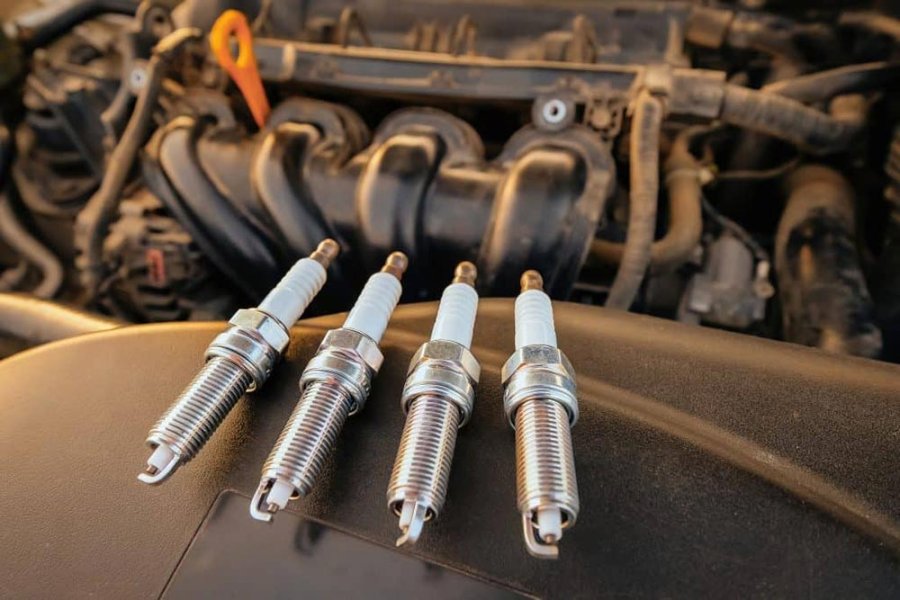
5. Drive Belt Replacement: Simple but Technical
The drive belt, often a serpentine belt in modern cars, powers essential accessories like the alternator, power steering pump, and air conditioning compressor. These belts wear out over time, developing cracks and losing tension, which can ultimately lead to failure.
Replacing a serpentine belt requires understanding the specific routing for your car, as improper installation can cause major issues. While replacing V-belts in older cars is relatively simple, serpentine belts can be tricky due to limited space and complex pulley arrangements.
Watching instructional videos and referencing your car’s manual is key. With preparation and patience, this task can be tackled by intermediate DIYers.
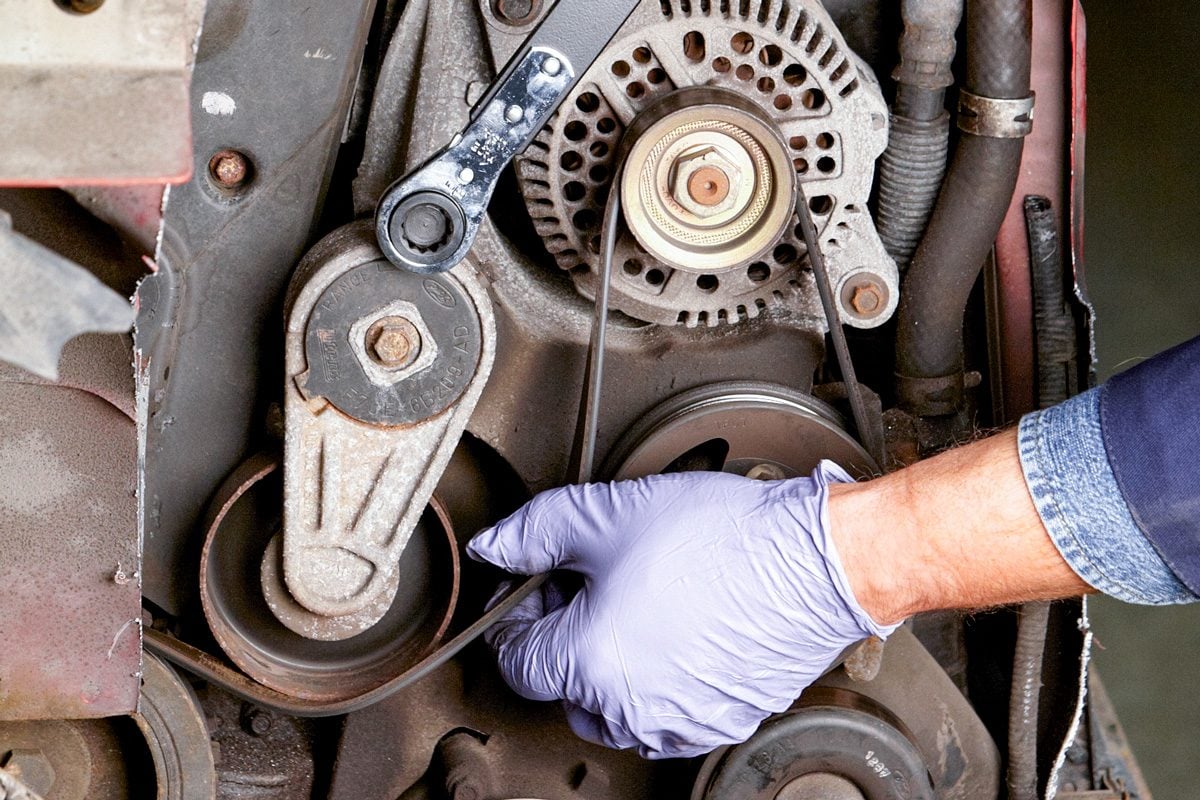
Also Read: 10 Cars That Survive Snowy Winters Without a Garage
6. Cleaning the Mass Air Flow Sensor
The mass air flow (MAF) sensor measures the volume of air entering the engine, helping the ECU determine the correct fuel-to-air ratio. Over time, the sensor can become dirty, especially if the air filter isn’t doing its job effectively.
A contaminated MAF sensor can lead to rough idling, poor acceleration, and decreased fuel efficiency. Cleaning the sensor is a simple, affordable task using a specialized MAF cleaner, which is safe for delicate electronics.
It’s located just after the air filter and usually takes only a few minutes to access and clean. Keeping this sensor in good shape ensures better performance and can prevent unnecessary engine trouble.
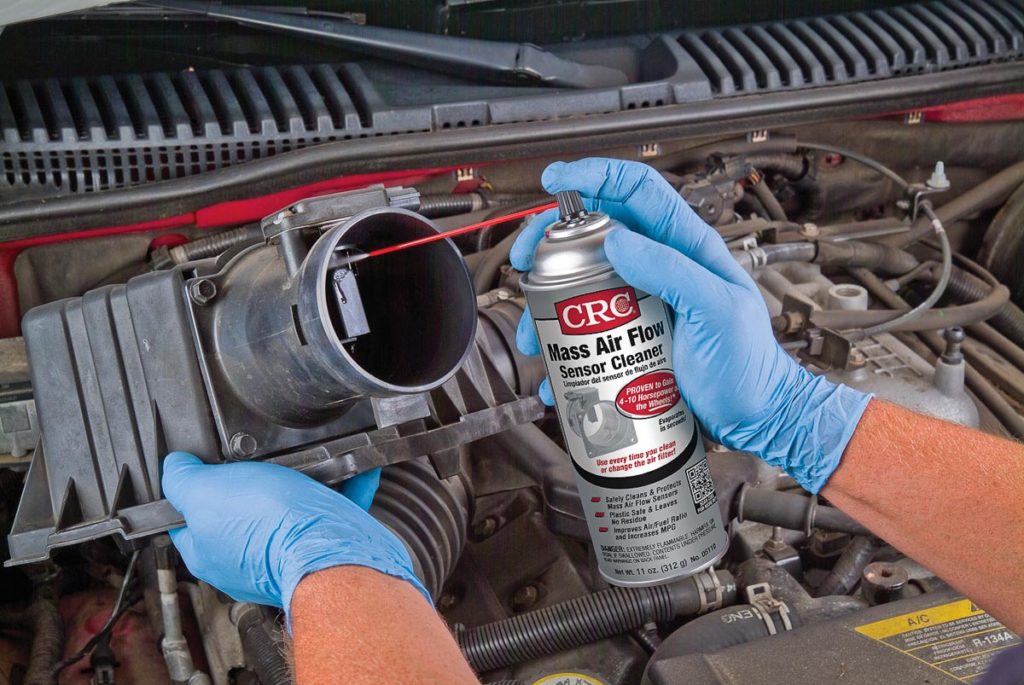
7. Battery Replacement: Easier Than It Seems
Replacing a dead car battery is a job most car owners can do themselves with minimal tools. Most batteries are located under the hood or in easily accessible trunk compartments.
The basic steps involve disconnecting the negative terminal first, then the positive, removing any securing brackets, and installing the new battery in reverse order. However, some cars—like the Dodge Journey—have the battery hidden in inconvenient spots.
Additionally, certain modern vehicles may require ECU resets or reprogramming after a battery swap. Researching your specific model beforehand is essential to avoid problems like lost key fob programming or ECU malfunctions.
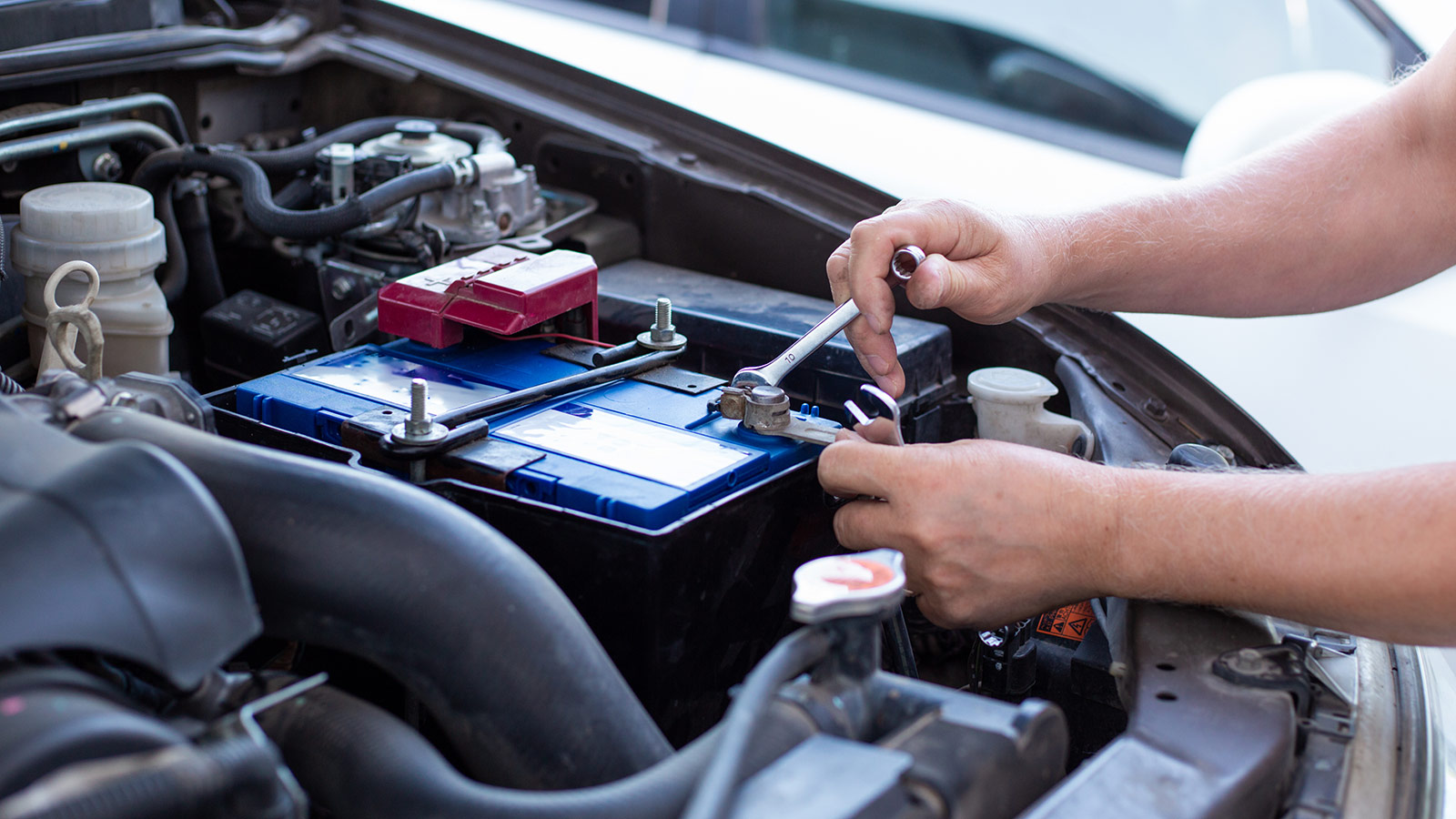
8. Valve Cover Gasket Replacement
Valve cover gaskets prevent oil from leaking out of the top of the engine. Over time, these rubber or silicone gaskets can harden, shrink, or crack, leading to oil leaks that can create burning smells, smoke, or a messy engine bay.
For experienced hobbyists or skilled beginners, replacing the gasket is very doable, especially on 4-cylinder engines with easily accessible valve covers.
The job typically requires removing the valve cover, cleaning mating surfaces, and reinstalling the new gasket with the appropriate torque. However, this is not a task for complete novices, as misalignment or over-tightening bolts can lead to leaks or engine damage.
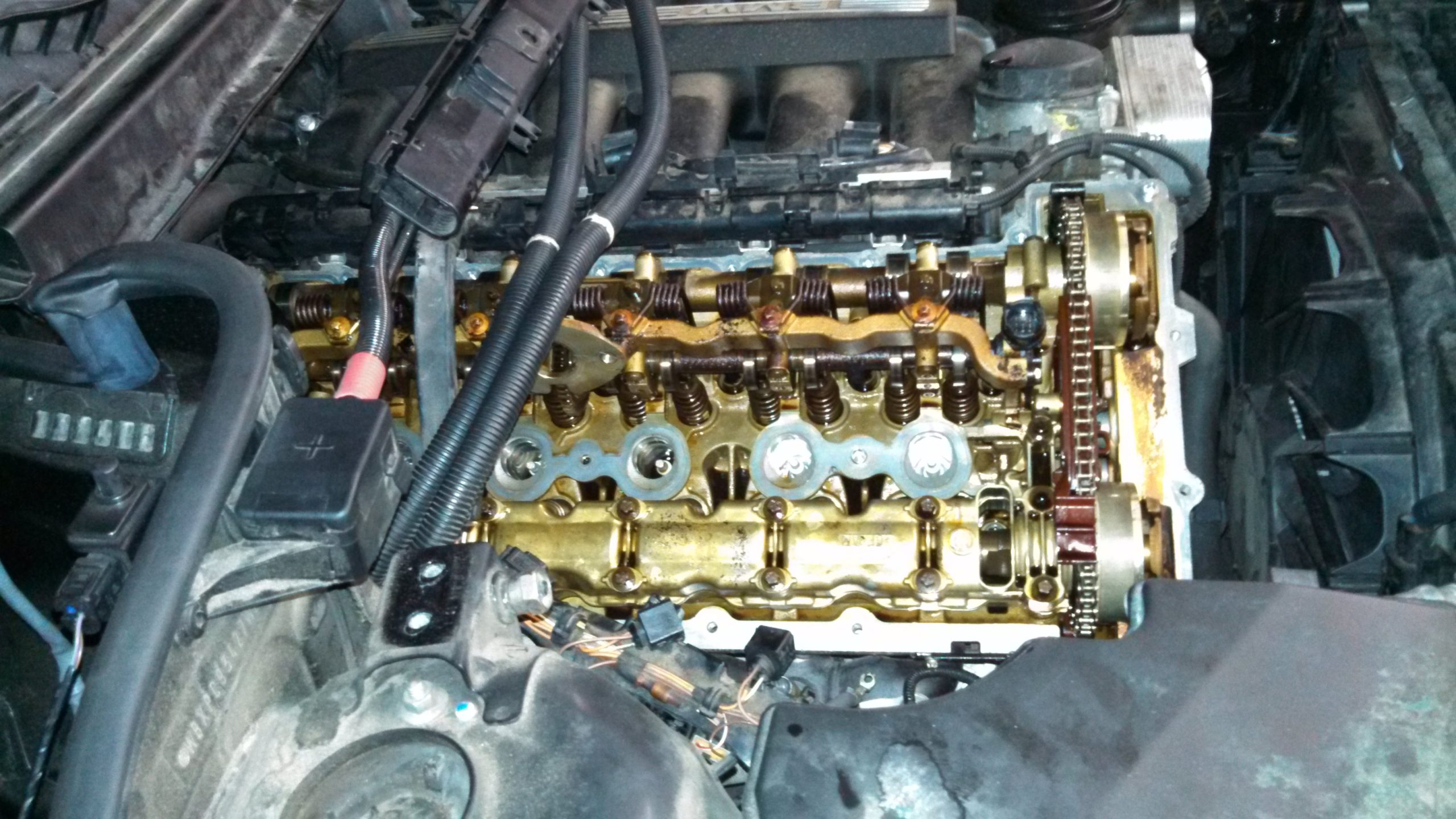
9. Performing a Coolant Flush
Engine coolant helps regulate engine temperature and prevent overheating. Over time, coolant can break down or become contaminated, losing its effectiveness and potentially corroding internal components.
A coolant flush replaces old fluid with fresh coolant, helping preserve your radiator, water pump, and heater core. Though it involves handling hazardous chemicals, the process is relatively straightforward with the right tools.
A flush kit makes it easier to remove all the old coolant from the entire system. This task is especially valuable on older cars, where professional flushes can cost hundreds. Environmental safety is paramount, so ensure proper disposal of all used coolant.
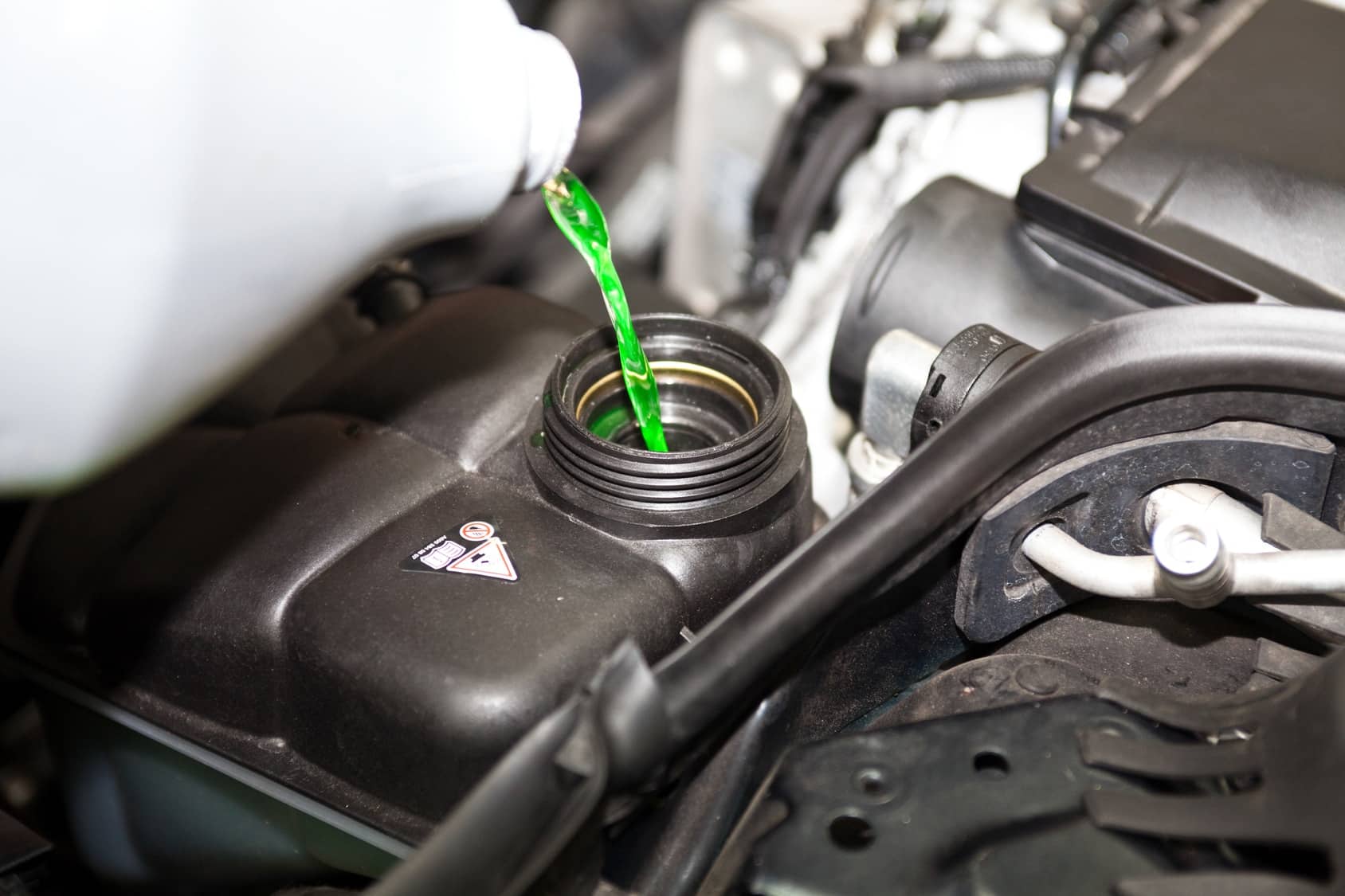
10. Servicing Ignition Coils
Ignition coils have replaced traditional distributor-based systems and deliver high-voltage power directly to each spark plug. When a coil fails, it often causes misfiring, rough idling, and a flashing check engine light.
Driving with a misfiring cylinder can damage the catalytic converter, making prompt replacement critical. Luckily, most ignition coils are easy to access and swap out. Usually, it’s as simple as removing a bolt and electrical connector.
A diagnostic scanner can tell you which cylinder is misfiring, so you only replace the faulty coil. With no special tools or programming required, this repair is one of the easiest and most effective for DIY mechanics.
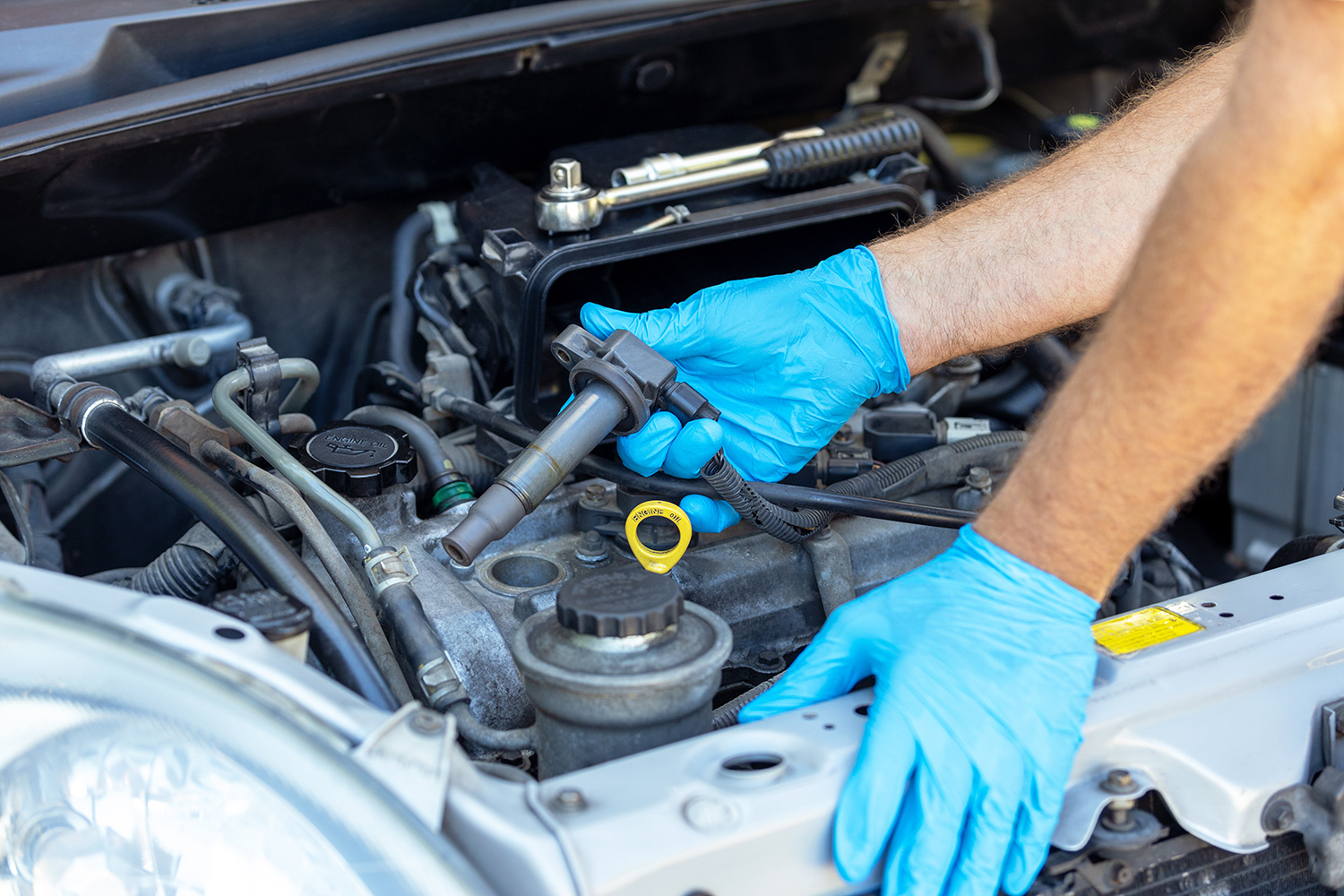
Learning to maintain your own car is not just a cost-saving decision—it’s also empowering. From basic tasks like changing air filters and spark plugs to more technical jobs like replacing valve cover gaskets or flushing coolant, there are numerous repairs that the average car owner can learn with patience and research.
With labor costs skyrocketing and repair shops often overbooked, tackling these jobs at home can save you hundreds or even thousands of dollars over time. More importantly, it fosters a better understanding of your vehicle, giving you confidence and control over its longevity and reliability. A little effort now can prevent major headaches later.
Also Read: 10 Best Practices to Keep Your Engine Running Like New in High-Performance Motorsport Vehicles

